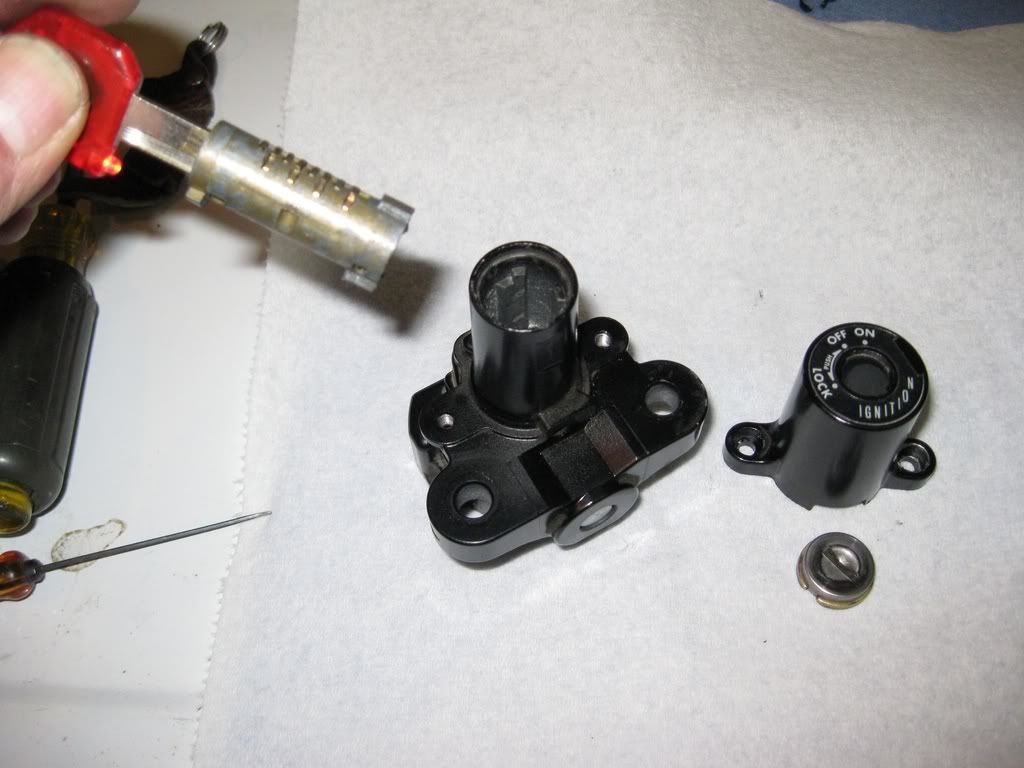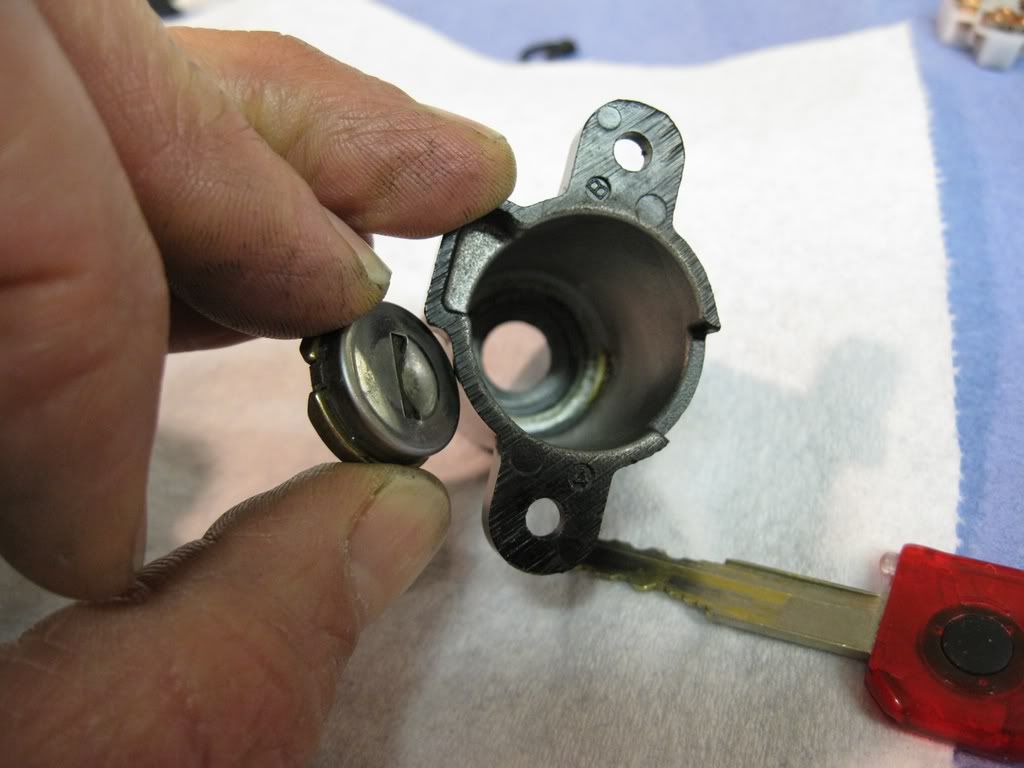ckuhns
Member
My 2010 FJR's ignition key with 66,000 miles has become hard to remove and insert. I have tried a couple of other keys with the same result. Any suggestions on a lube to try? Happy New Year Carl



Nah, It is a great bike one of the best of the 27 bikes that I have owned. Besides I just got done lubing the relay arm. Thanks for all the suggestions. I think I will order some of that ACF-50 to see if that will correct the problem. CarlSell the bike, she is done...
... then wash out the WD40 with brake cleaner, finally lubricate with something like a PTFE lubricant.Place a rag under the end of the key cylinder and then take a can of WD-40 with the straw and spray in it. do several long squirts. This will free up and clean out any gunk built up as well as free up anything sticking inside.
Enter your email address to join: